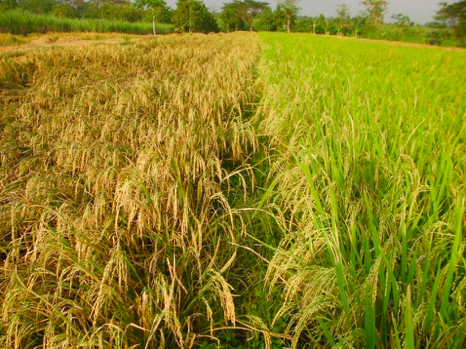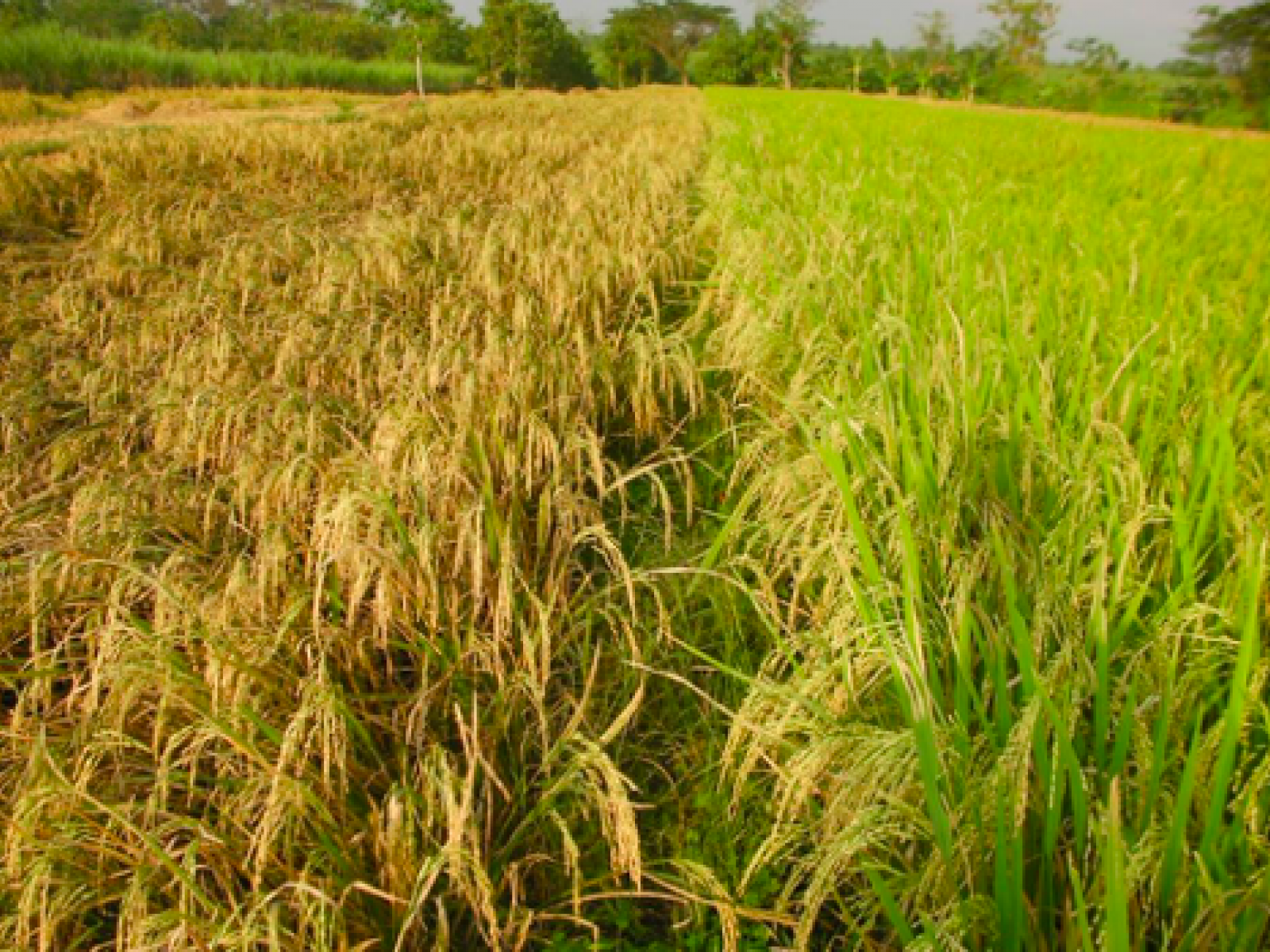An Overview Of Our Solution
- Population Impacted:
- Continent: North America
Organization type
Population impacted
Size of agricultural area
Production quantity
People employed
Describe your solution
Describe your implementation
External connections
What is the environmental or ecological challenge you are targeting with your solution?
Describe the context in which you are operating
That SRI induces more productive phenotypes from given genotypes (varieties) has been shown in >50 countries, from the tropics to rainfed upland areas to arid conditions to mountain regions to temperate-cold regions; it is not limited by soil pH or soil structure.* In Nepal, SRI raises yields between 100 m to 2700 m; in Madagascar from sea level to 1400 m. With crops like finger millet tolerant of low moisture regimes, SCI succeeds with less water because of the larger root systems and enhancement of life in the soil. SRI/SCI agroecological methods of crop management thus work in practically all contexts, although no claims of universality are made. Any agricultural system needs always to be tested and evaluated under specific field conditions. We have not found contexts where these methods do not create benefits, but they succeed more under some conditions than others. A degree of water control is needed to apply less water but reliably; so pumped irrigation is more favorable
How did you impact natural resource use and greenhouse gas emissions?
Language(s)
Social/Community
Water
Food Security/Nutrition
Economic/Sustainable Development
Climate
Sustainability
SRI is not a conventional technology. It is composed of ideas & insights, empirically derived & scientifically substantiated. It does not need grant funding, government subsidies or market revenues. Once farmers are provided with SRI knowledge, they can use it, for as long as it benefits them. This gives SRI more sustainability than most other innovations. It capitalizes on biological processes & potentials, rather than relying on chemical or engineering interventions. More output is produced w less material input. This may sound like the mythical perpetual motion machine, but it is achieved by SRI methods mobilizing services & protection of myriad organisms in the soil & rhizosphere & also as symbiotic endophytes in the plants themselves.
Return on investment
Entrant Banner Image

